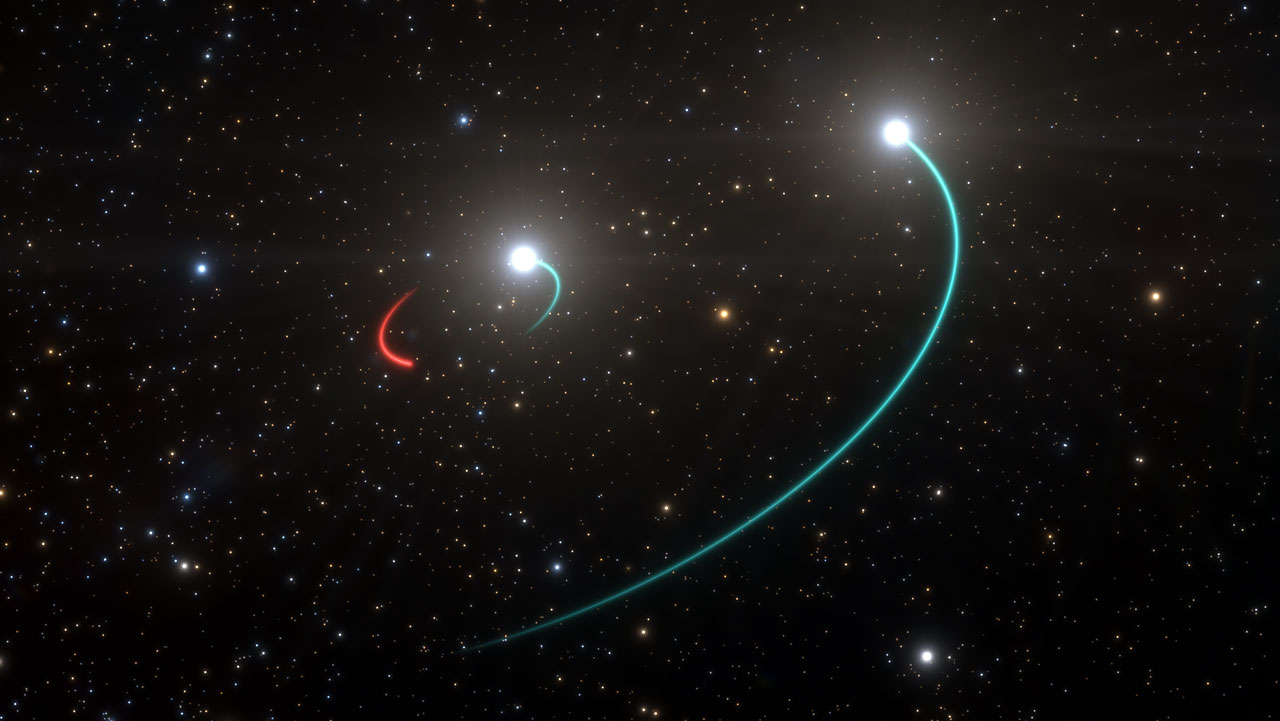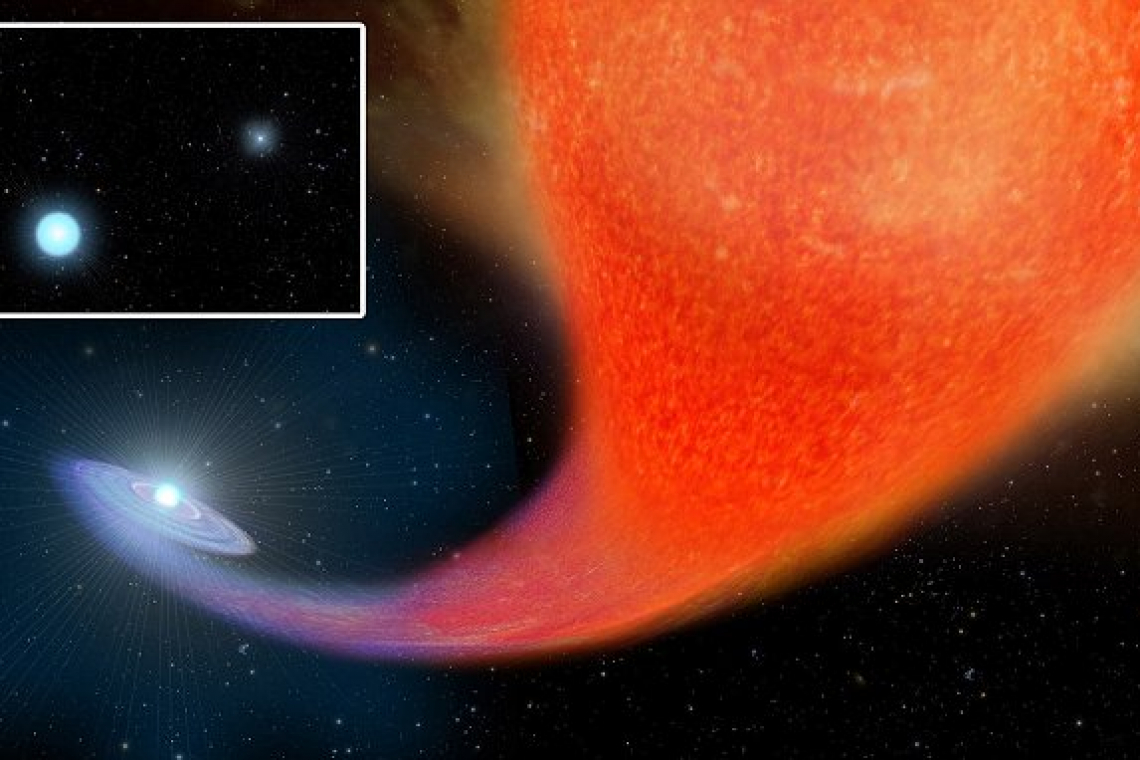Astronomers have witnessed a gloomy event: a “vampire” star sucking the life out of its companion star.
Using the European Southern Observatory’s Very Large Telescope (VLT) in Chile, an international team of astronomy researchers watched a star in the system dubbed HR 6819, some 1,000 light-years from Earth, strip its companion star of its outer layers.
Up until now, astronomers had suggested that the system was made up of a star and an accompanying black hole, with the first peacefully orbiting the latter every 40 days.
In fact, back in 2020, astronomers made a big deal out of the announcement, claiming that the black hole was the closest one of its kind to Earth.

But something felt off about the theory.
“The scenarios we were looking for were rather clear, very different and easily distinguishable with the right instrument,” said team lead Thomas Rivinius, Chile-based ESO astronomer and coauthor of a new paper published in the journal Astronomy & Astrophysics, in a statement.
“We agreed that there were two sources of light in the system, so the question was whether they orbit each other closely, as in the stripped-star scenario, or are far apart from each other, as in the black hole scenario,” he added.
The results of the investigation spoke for themselves. One of the VLT’s instruments “confirmed that there was no bright companion in a wider orbit,” while another “was was able to resolve two bright sources separated by only one-third of the distance between the Earth and the Sun,” said KU Leuven researcher Abigail Frost, lead author of the study, in the statement.
“These data proved to be the final piece of the puzzle, and allowed us to conclude that HR 6819 is a binary system with no black hole,” Frost concluded.
The reasoning is rather gruesome.
“Our best interpretation so far is that we caught this binary system in a moment shortly after one of the stars had sucked the atmosphere off its companion star,” said Julia Bodensteiner, KU Leuven researcher and coauthor, in the statement.
The study could lead to more breakthroughs in our understanding of how this “stellar vampirism” phenomenon works.
“Catching such a post-interaction phase is extremely difficult as it is so short,” Frost said, arguing the HR 6819 system “presents a perfect candidate to study how this vampirism affects the evolution of massive stars.”
In other words, one of the stars was a “vampire” stripping its companion of its material.


